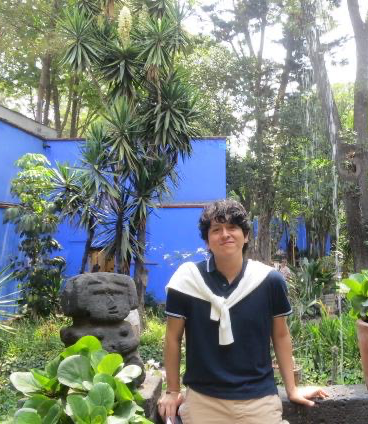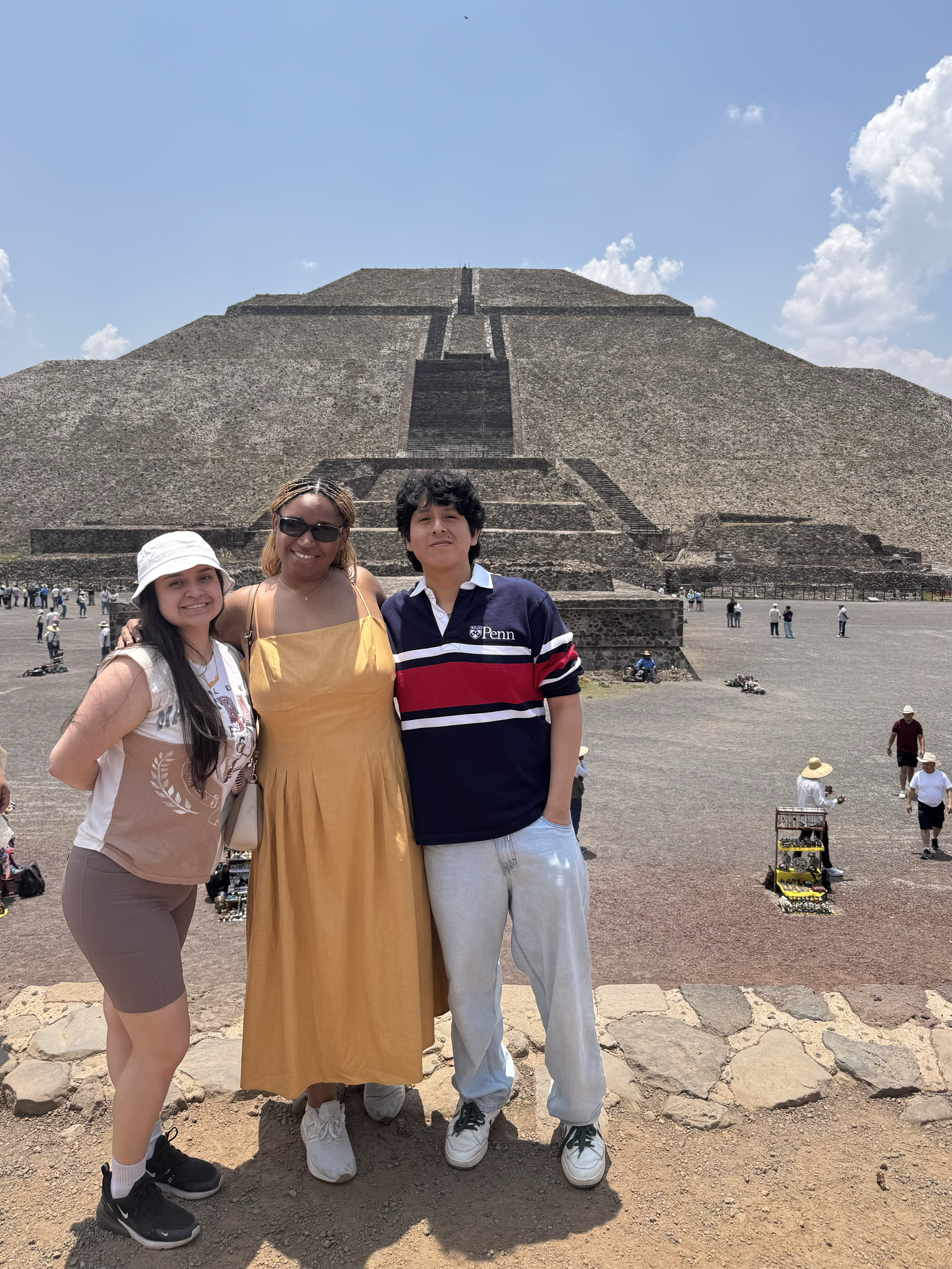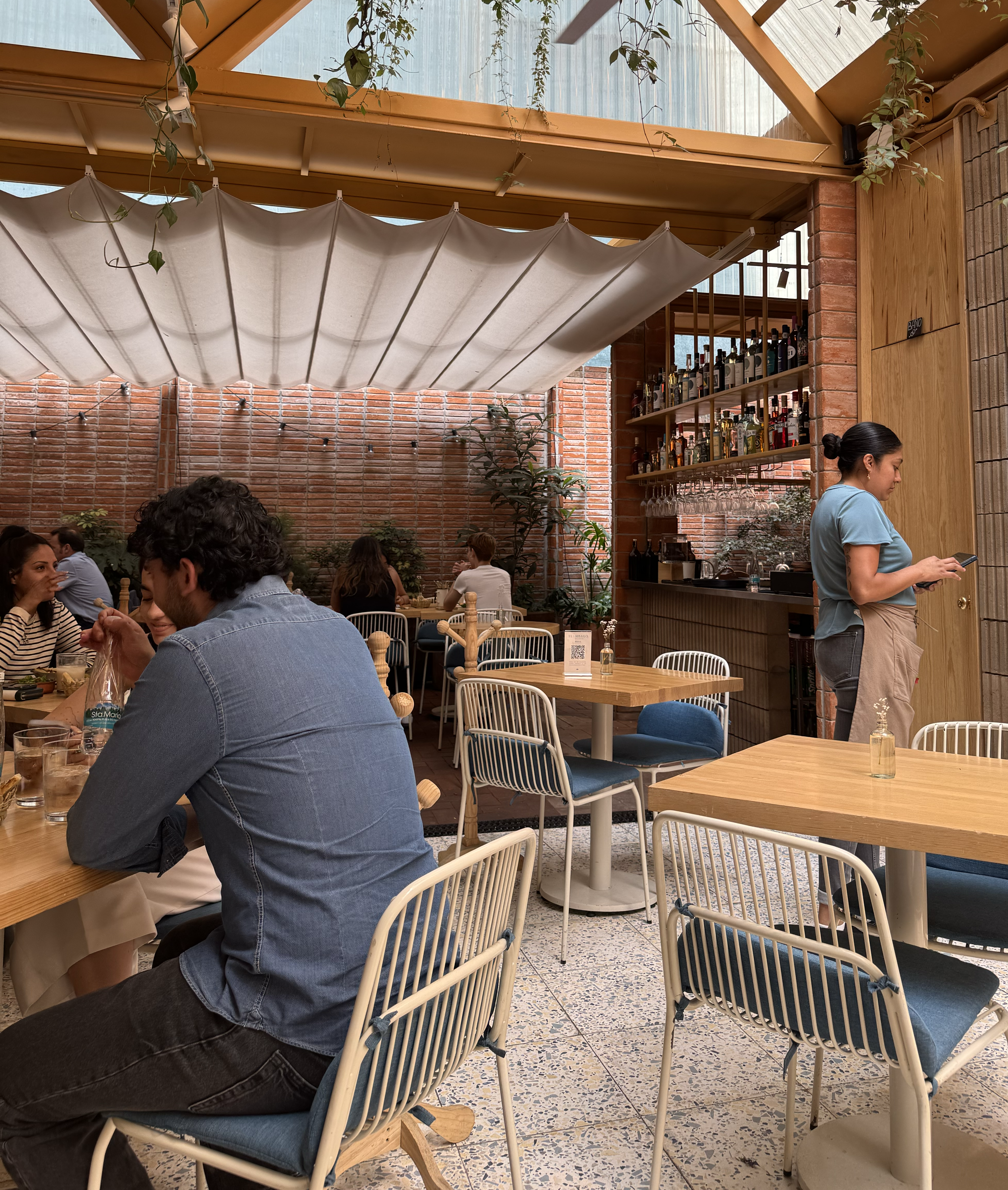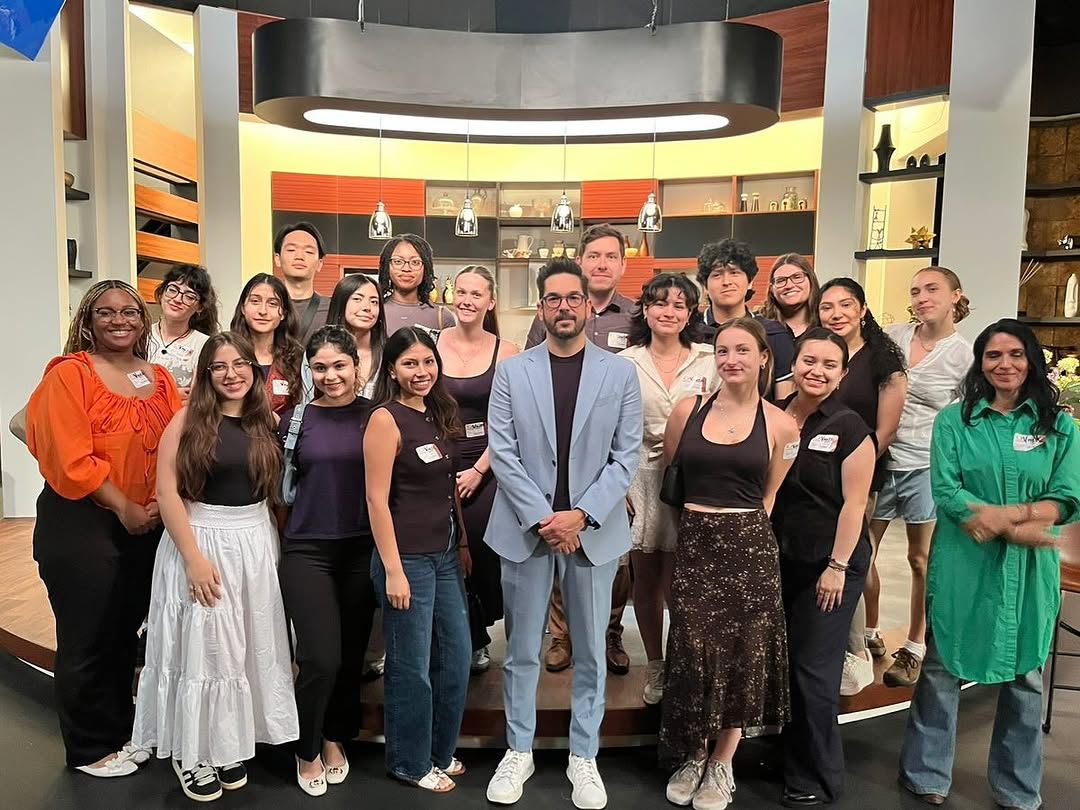
Nehemias Abundo Quiroz
CAS ’27
Mathematics and Computer Science
PGS: Before Netflix: The Past and Present of Latin American Television
Contact
Ask Me About…
What makes my experience stand out is how I pursued immersion as both a social and academic practice. I saw the trip not just as a series of destinations, but as a chance to understand the why behind every place, person, and performance. Every bit of free time became a research opportunity. I explored beyond itinerary—venturing into bookstores, asking locals for their favorite food stalls, and even picking up a history book on Mexico to deepen my contextual understanding—I wanted to trace the causes and histories that shaped the people I met.
But it wasn’t just about seeing more—it was about connecting. My favorite conversations, whether with UNAM students, locals, or producers and executives, were ones that gave me insight into how everyday life is shaped by systemic structures. I had long talks with students in philosophy, campus politics, and Latin American studies, where we discussed censorship, protest culture, and the politics of representation. I love exploring chains of causation—what makes a place tick, what histories are living just beneath the surface—and these interactions became a living syllabus for that.
Students should ask me how to go beyond the script—how to turn a short trip into a lasting spark. How to use exploration as inquiry, and make meaning out of late-night snacks, protest murals, and everyday conversations. What made my experience different wasn’t just where I went, but how I moved through it: curious, attuned, always asking what stories weren’t being told. If you want to turn any moment into a classroom—let’s talk.
My Experience Abroad
Although I’m majoring in Mathematics and Computer Science, I took this class out of sheer interest—an academic detour that ended up rerouting how I think about systems, stories, and structures. I’ve always been curious about causation—how one event leads to another, how narratives form—and this trip offered a whole new layer of that curiosity: seeing how media operates not just technically, but ideologically.
At Netflix, I learned how algorithms predict “resonance” based on audience modeling, a stark reminder that data science shapes culture in ways we rarely notice. Our conversations revealed that even storytelling is now subject to platform logic: if it isn’t legible, it doesn’t circulate. As someone passionate about equitable access and design, this made me think deeply about who gets represented and why.
The conversations we had with UNAM students, particularly their struggles with campus politics and knowledge of Latin American (and by extension Mexican) society, helped me reflect on the responsibilities of those who build systems—be they technological or cultural. Talking about protest, censorship, and identity with them reminded me that computation, too, is never neutral. In both media and math, abstraction always leaves something (or someone) out.
This course affirmed for me that exploration outside your discipline is essential. It sharpened my commitment to use data in ways that tell more complete, just stories. And it reminded me that meaningful systems, whether academic, political, or technological, are built by people who stay curious across boundaries.
Other Highlights
One unforgettable highlight was our visit to the Frida Kahlo Museum. I had read a detailed biography about her life before the trip and was struck by how much physical, emotional, and political strife she endured. Standing in her home, seeing her life up close, I felt a rare clarity: she survived pain and painted through it. I shared some of what I had learned with our guide, who reminded us that one of Frida’s final messages was “Viva la Vida”—very fitting.
Another highlight was the Televisa studio tour. As someone who often thinks about systems and social dynamics, I found myself deeply affected by what I saw. The cast of La CQ was almost entirely white, with the only visibly brown character playing a janitor. This wasn’t accidental; it was institutional pedagogy—media as a classroom of exclusion. Talking afterward with classmates and hearing how their passions in media connected to what we were seeing made the moment richer. I loved witnessing their excitement: for some, it was their first time stepping into the world they hope to join. We shared writing, observations, and reflections on race, class, and aesthetics throughout the trip.
Then there were the human moments—lunches between site visits, the shared exhaustion after long days, the thrill of cheering together at Lucha Libre. I made it my mission to talk to every classmate, to learn what drew them here, and to build friendships across majors. That spirit of connection turned every moment into a shared discovery.



